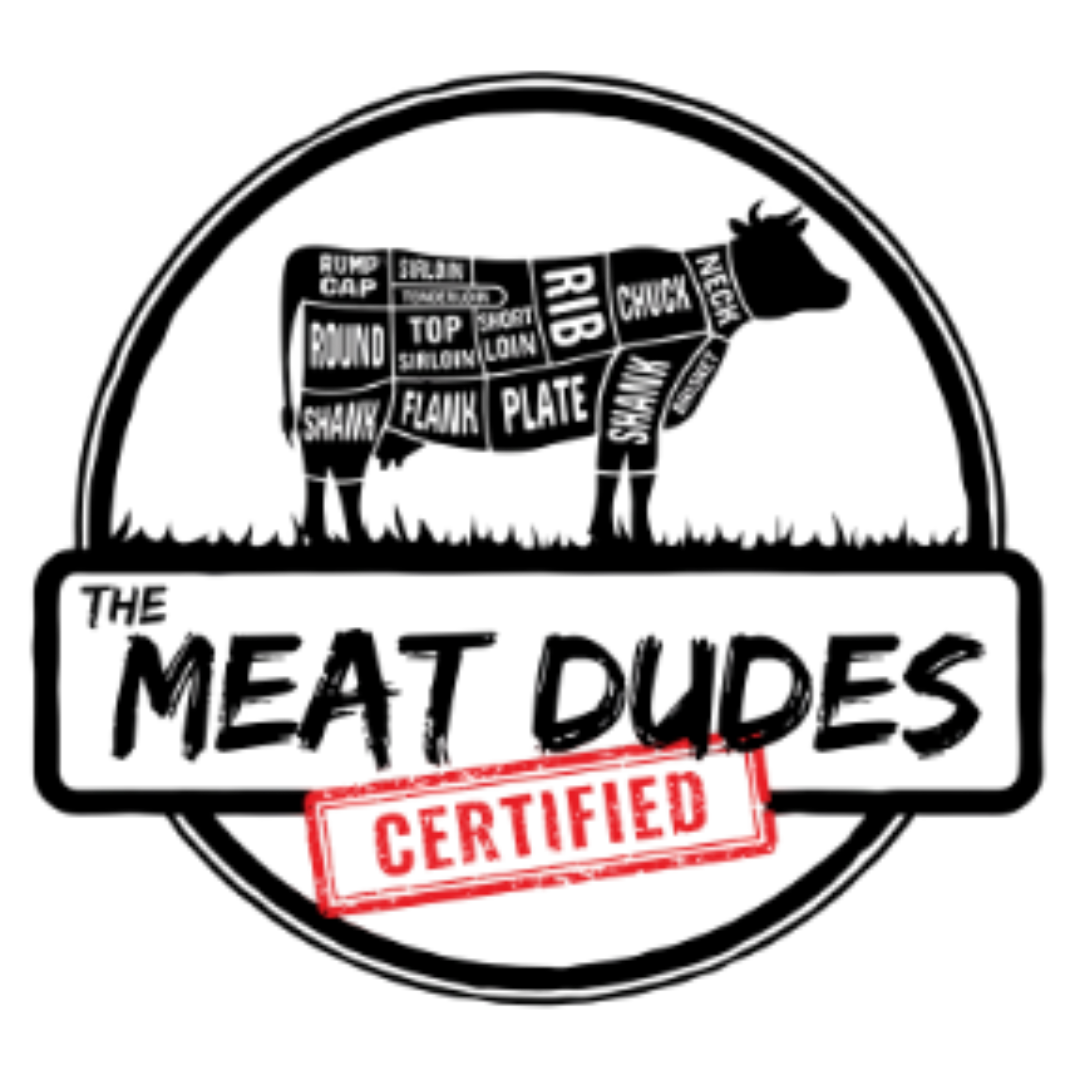In the world of cured meats, terms like salumi, salami, and charcuterie are often used interchangeably. However, each term has a distinct meaning and refers to different types of cured meat products. Understanding these differences can enhance your appreciation of these culinary delights and help you make informed choices when selecting or serving them.
What is Salumi?
Salumi is an Italian term that encompasses all types of cured meat products made primarily from pork. The word “salumi” is derived from the Italian word “salume,” meaning salted meat. This category includes a wide range of cured meats, such as prosciutto, pancetta, coppa, guanciale, and mortadella. Essentially, salumi refers to the entire family of Italian cured meats.
Salumi can be further divided into two categories: whole muscle cuts and ground meats. Whole muscle salumi includes items like prosciutto, which is made from the whole leg of the pig, and bresaola, which is cured beef. Ground meats include products like salami, which is a mixture of ground meat, fat, and spices stuffed into casings and cured.
What is Salami?
Salami is a type of salumi and refers specifically to cured sausages made from ground meat mixed with spices and seasonings. Salami is typically made from pork, but it can also include beef, veal, or other meats. The mixture is stuffed into natural or synthetic casings, fermented, and air-dried. This curing process gives salami its characteristic tangy flavor and firm texture.
There are many varieties of salami, each with its unique flavor profile. Some popular types include Genoa salami, soppressata, and chorizo. Salami can be enjoyed on its own, as part of a charcuterie board, or used as a flavorful addition to sandwiches, pizzas, and pasta dishes.
What is Charcuterie?
Charcuterie is a French term that refers to a wide range of cured and cooked meats, typically served as part of a platter or board. The word “charcuterie” is derived from the French words “chair” (meat) and “cuit” (cooked). Charcuterie includes a variety of cured meats such as ham, pâté, rillettes, terrines, and sausages.
A charcuterie board often features an assortment of cured meats, cheeses, breads, crackers, olives, nuts, fruits, and condiments. It is a popular choice for entertaining and offers a diverse range of flavors and textures.
So what is salumi? Salumi is an umbrella term for all Italian cured meats, including both whole cuts and ground meats. Salami is a specific type of salumi, known for its ground meat mixture and sausage form. Charcuterie is a broader concept that includes various types of cured meats, often served on a platter with complementary accompaniments. Understanding the differences between salami, salumi and charcuterie allows you to fully enjoy the rich traditions and flavors that each category has to offer.


